- Joined
- Sep 17, 2008
- Messages
- 9,105
CONUS, this will be the next watchable storm (50%) In general I hate saying anything THIS early, but I saw a couple of model runs that says it could be something.
If it develops early enough then it goes and the high does not build back, it stays east and goes north like Katia. If it develops late and the high ridge builds back in over the Atlantic (Bermuda High), it goes west.
Low riders like this tend to stay low past a certain point. Still I'm hoping for a nothing and it fizzles.
Peak of the season is next week.
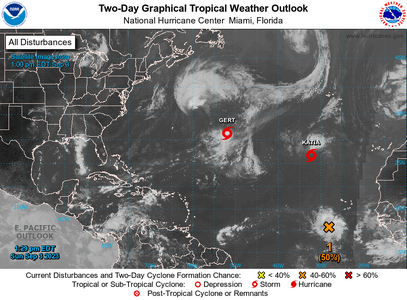
If it develops early enough then it goes and the high does not build back, it stays east and goes north like Katia. If it develops late and the high ridge builds back in over the Atlantic (Bermuda High), it goes west.
Low riders like this tend to stay low past a certain point. Still I'm hoping for a nothing and it fizzles.
Peak of the season is next week.


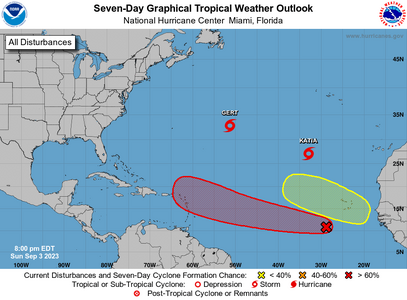
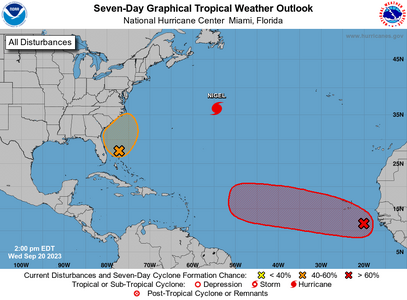
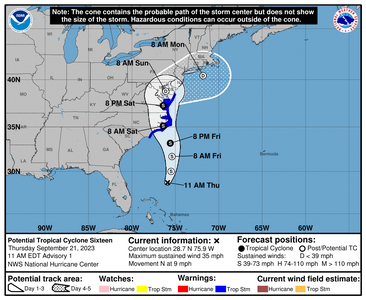
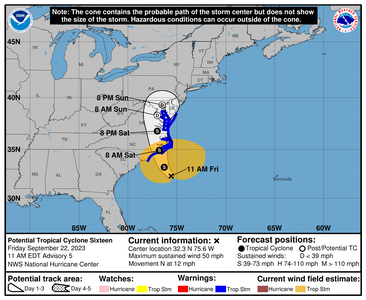


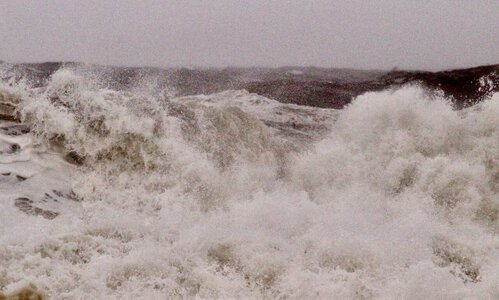
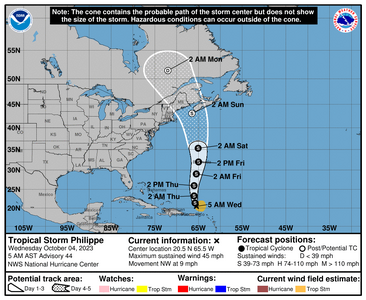


300x240.png)